To celebrate International Women’s Day, we would like to introduce you to five female artists who create work in a public space. These female artists, who despite their different ways of experiencing the world, all share an incredible sensitivity to it and have a strong sense of disagreement towards status quo. Each of them found their own way to express their protest and to reach their audience. Recognized and awarded they continue to fight for their right to manifest their presence and views.
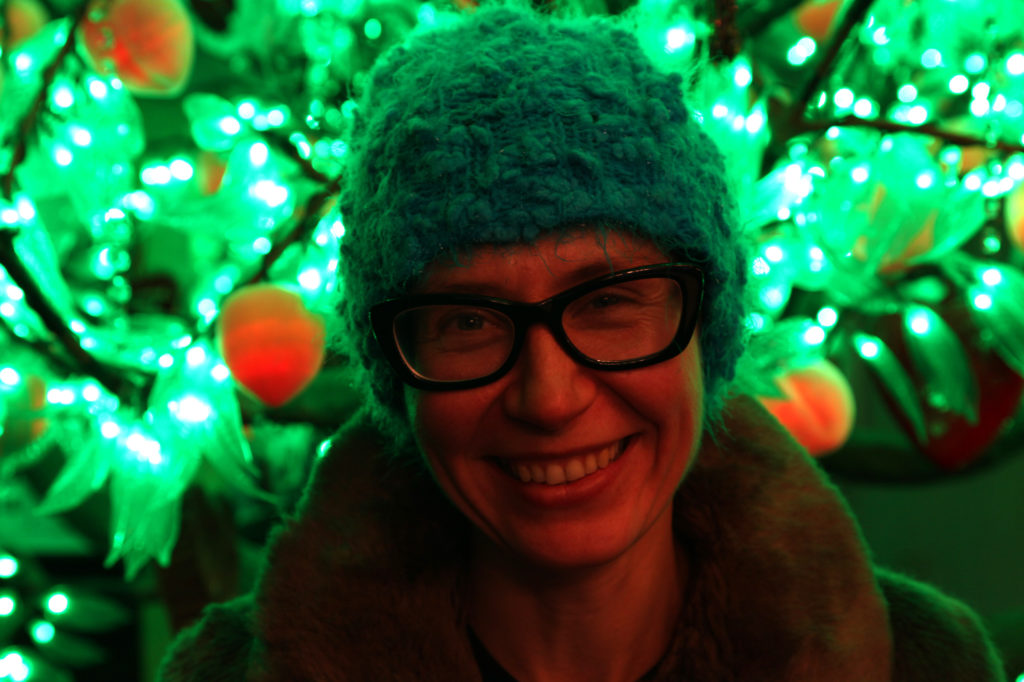
Joanna Rajkowska, photo Andrew Dixon.
Joanna Rajkowska (b. 1968) has the body as the very foundation of her practice, specifically, the feelings and experiences transmitted by and through the body. The artist works in accordance with the belief or premise that art within a space – more an ‘environment’ – should be ideally suited to that ‘environment’; it seamlessly weaves itself into the ‘environment’, becoming an integral part of it. At the same time, it’s subtle presence should affect the way that the ‘environment’ is perceived and experienced, and present different aspects of the whole ‘environment’. For this reason, before commencing a project, Joanna tunes herself to the ‘environment’, and comes to recognise it’s needs. Not everything in her work is the result of deliberate, conscious decisions: often, the artist hands over the creative process to ‘free agents’ who are completely independent of her will,- ‘agents’ such as fauna, flora, time, and atmospheric conditions. Thanks to this, there is no concrete end-point to her projects; the narrative is left open ended. Joanna also concerns herself with the invisible forces that act on and in between people; that create and transform social groups, or define our relationship with the World and our surroundings. This is why her projects in the public ‘environment’ aim and encourage people to interact, to put aside prejudice and preconceived notions, and to open up to each other.
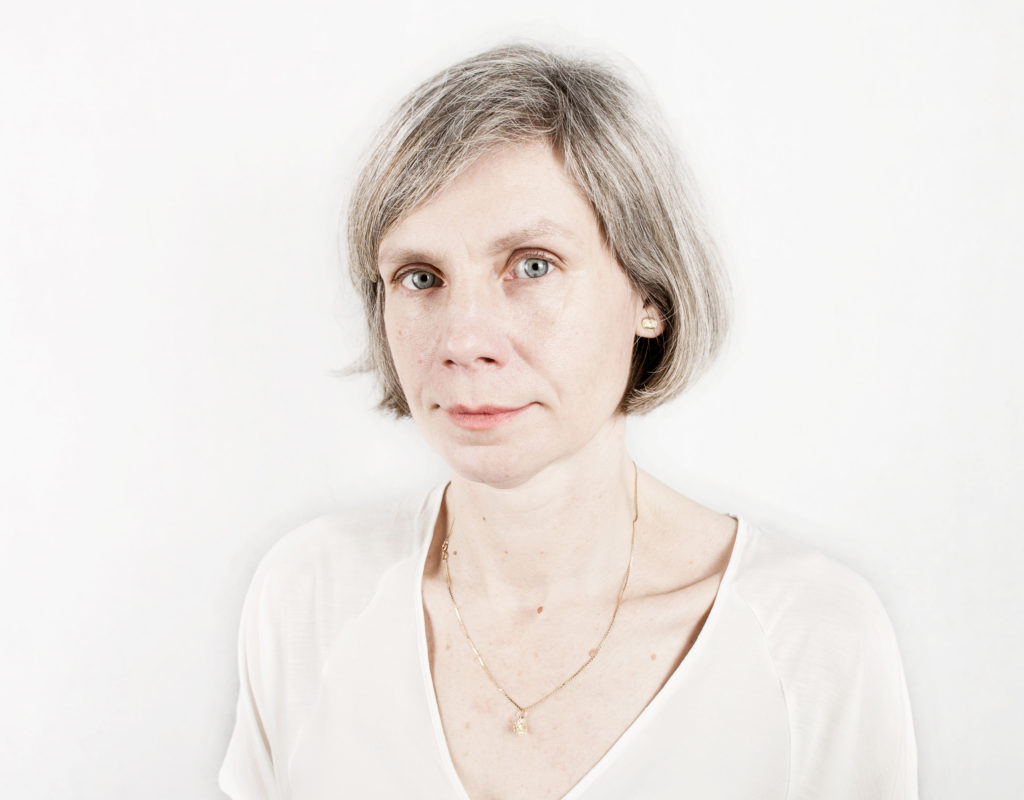
Iwona Zajac, photo Magda Małyjasiak
Iwona Zajac – (b. 1971) human emotions are at the core of her practice. The artist explores themes such as longing, dreams and attachment to a place and the past. Her works carry an emotional load and stem from the human experience. The emotional focus of the artist’s projects necessitates a link to the intimate parts of our lives. Zajac pays attention to the location of a project – she starts with collecting detailed information and meets with the people to whom it will be directly or indirectly related. To avoid intrusive interventions, she develops strong relationships with people, including inviting them to cooperate. Her practice carries respect for hard labour, which determined the medium of her self-expression – murals require a lot of time and, at the same time, enormous care and attention. Recently, her practice expanded to also include embroidery.

Katarzyna Przezwańska
Katarzyna Przezwańska – (b. 1984) colour is the most important element of her work, which she uses to define the world around her. Through colours, closely linked to the place where the artwork is created, she gives rundown places a new, beautiful youth. Often, her artworks refer to the architecture and nature. She likes to integrate into her work natural components such as rocks, minerals and plants, which are a testimony of nature – heterogeneous and irregular. These natural references are an opposition to the flattened reality of contemporary life, as created largely by the architecture. Przezwanska starts working on projects by carefully studying the colour and its behaviour in the chosen environment.
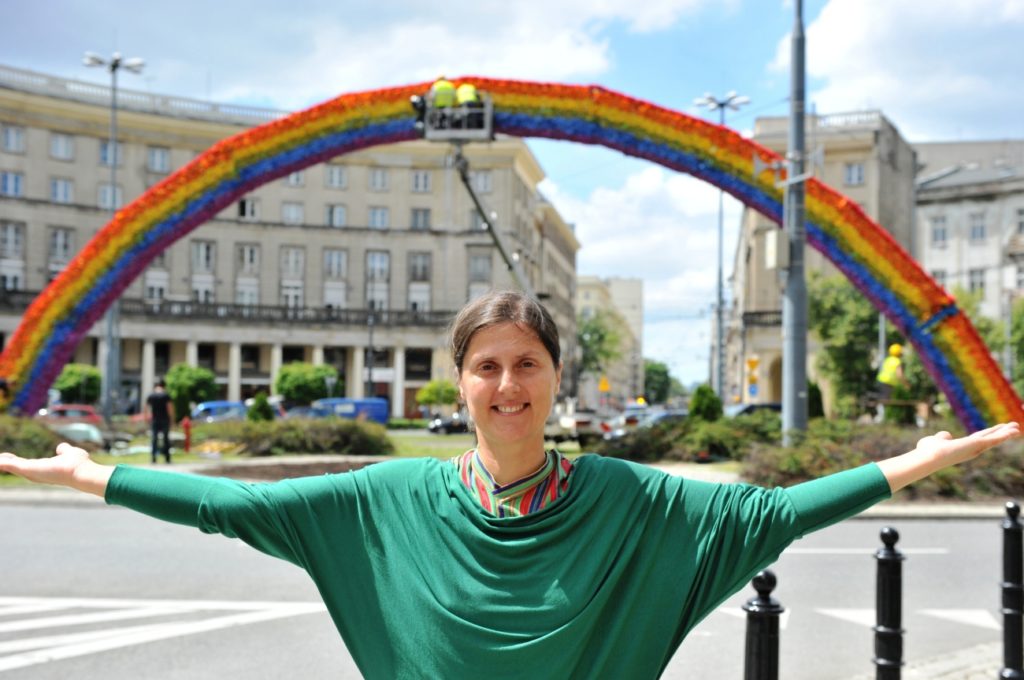
Julita Wójcik, Rainbow, Saviour Square Warsow, 2012 – 2015.
Julita Wojcik – (b. 1971), her practice focusses on social relationships and stereotypes. Her work is characterised by the desire to draw attention to the underappreciated hard work (usually by women). She also addresses the relationship between public institutions and an artist, namely the precarious situation of the individual undertaking artistic activities in confrontation with art institutions. She explores how large museum spaces and related history and general theory of art influence the viewers, including changing and concealing their clean, “original” reception of works of art. As she points out, each of her actions are one-off because they result from a strong local and temporal context. In many of her projects she opposes conservatism in art as exemplified by the preference for paintings and sculptures among art institutions.
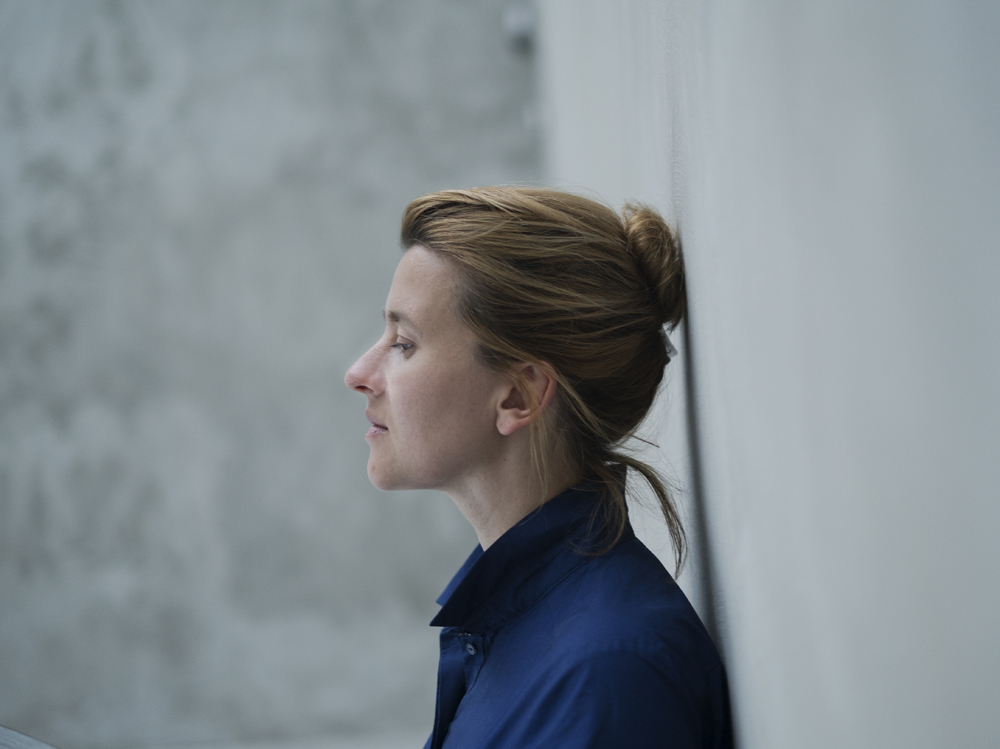
Katarzyna Krakowiak
Katarzyna Krakowiak – (b. 1980), perceives the world as a derivative of a wave and its vibrations. In her projects, in order to reach her audience, she uses phenomena invisible to the naked eye (radio, cellular technology, Internet). The artist often employs science, using it for the benefit of her art. The subject matter of her practice includes important problems of the contemporary world, such as the lack of interpersonal communication, social indifference or excessive noise. The artist treats art as a kind of escape from the precepts and rules of everyday life. For that reason, abstract thinking, going beyond the obvious and visible is crucial in her art practice.

Katarzyna Krakowiak, The Secret Life of Melted Air, fot. Grzegorz Czaplicki.
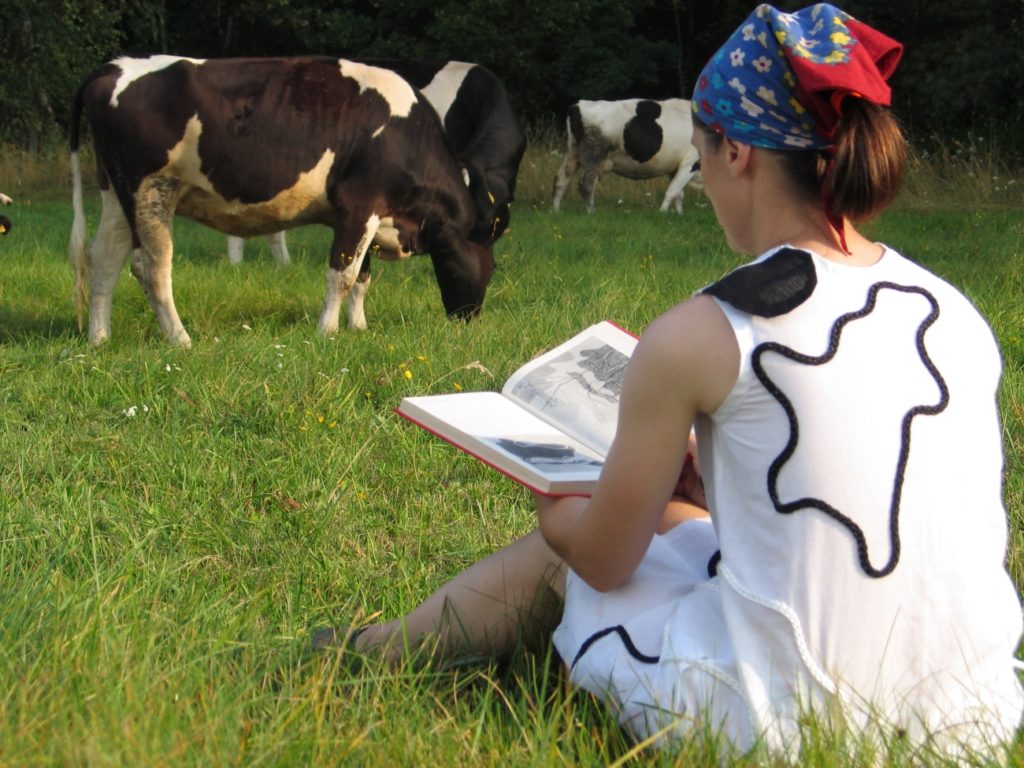
Julita Wójcik, Unistic Lanscape, 2007, Orońsko, photo Jacek Niegoda
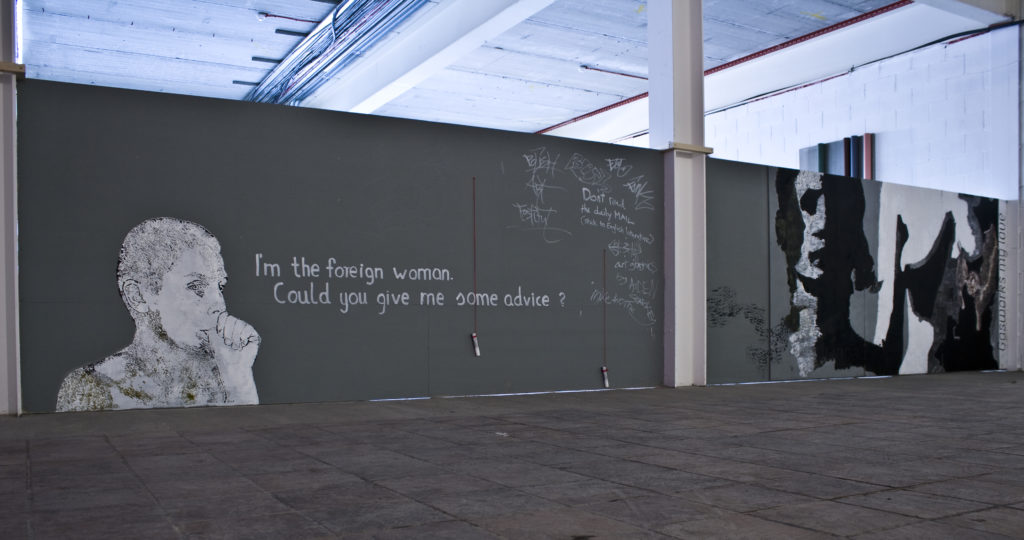
Iwona Zając, The Foreign Woman, mural template, Kursaal Gallery Space, Southend,Great Britan, 2012, photo Rafał Zabłocki.
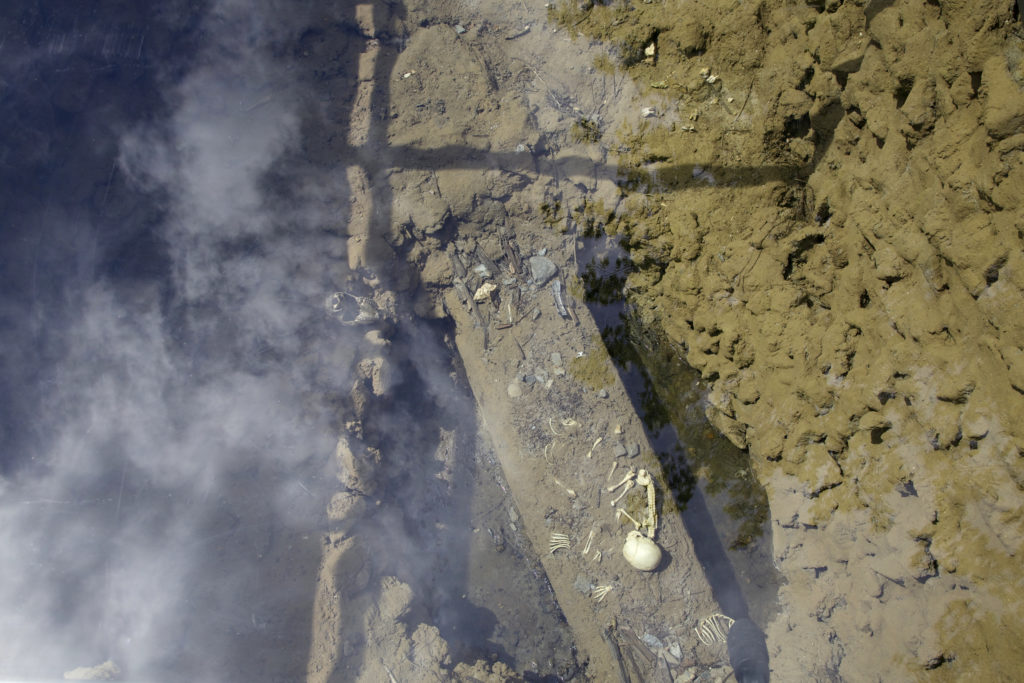
Joanna Rajkowska, The Peterborough Child, 2012, onwards, Wysing Arts Centre, UK
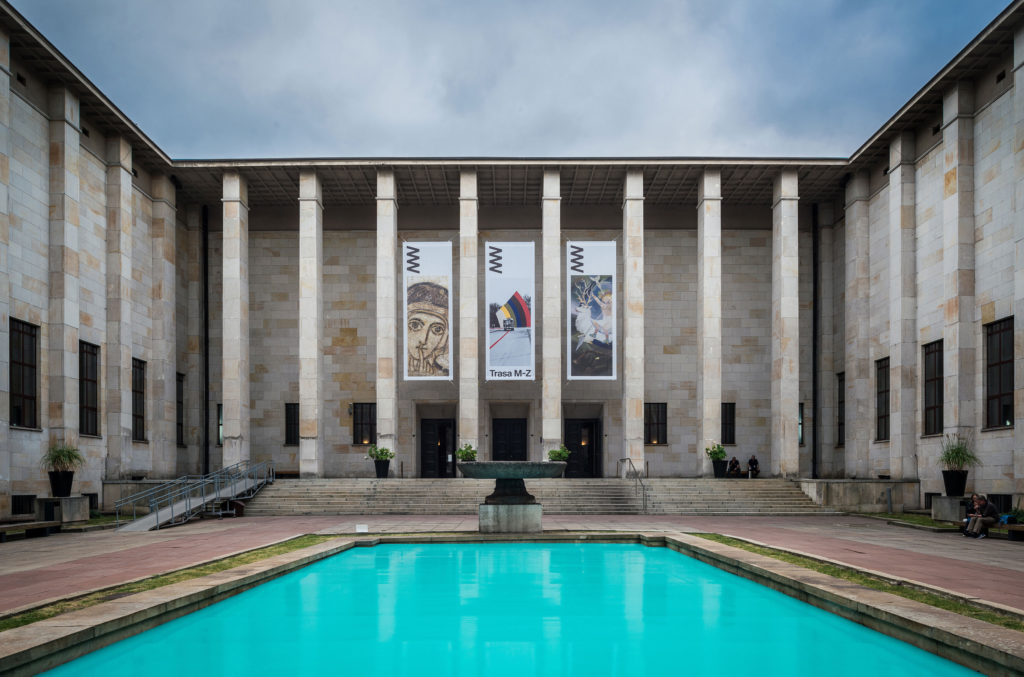
Katarzyna Przezwańska, The pool, 2015, coutyard of National Museum, Warsaw, photo Jędrzej Sokołowski.







